EWOSA News - January 2020

- Home
- EWOSA News - January 2020
Welcome to the third edition of the Energy and Water Ombudsman SA (EWOSA) quarterly newsletter: your one stop shop for emerging consumer trends, hot issues and policy matters.
From the Ombudsman
Perhaps the biggest shift is in the role of the consumer. Consumer interests are becoming more diverse and many consumers are moving to be production oriented. Consumers are increasingly able to decide how and when they access energy from the grid, from their solar PV or their batteries. Better information and new technologies are available. Coupled with these changes are differential capacities to seek redress when things go awry. It can be confusing for energy consumers that not all of their issues can be resolved in a one stop shop. This aspect, and the broader range of complementary consumer protections, is currently under review.
The Australian Energy Market Commission is the rule maker for Australian electricity and gas markets. The Commission recently released an Issues Paper on new energy products and services, which considers products and services like microgrids, Virtual Power Plants and electric vehicles. EWOSA is deeply engaged in exploring what the related issues mean for the regulatory framework. We are bringing our knowledge of consumer concerns and insights from our Members to the table, as the conversation continues about the best ways to provide consumer protections while still enabling innovation in the market.
Meanwhile in water, the transformational change is also continuing. Increasing competition in the water market is driving water businesses to be even more responsive to the changing faces of customers. SA Water has recently released its Plan for the next four years and there is a strong focus on areas of importance for customers which include low and stable prices, safe, clean drinking water and minimal interruptions. SA Water also plans to introduce some new service standards, including a standard about the percentage of complaints escalated to the Ombudsman. We support this initiative.
On the inner workings of EWOSA, we recently held the first in a series of workshops for our Members which was received very positively by those attending. We also recently moved to incorporate live chat as a means for customers to engage with EWOSA and we are seeing early signs that this is a valued service. To access live chat, click here.
I hope you enjoyed a peaceful holiday season and look forward to working with you over the year ahead.
Sandy Canale
Energy and Water Ombudsman SA
Consumer Trends 1


Hot Topics
Energy and Water Ombudsman SA acknowledges the significant impact on the community of bushfires across South Australia and our deepest sympathies are with all of those affected.
In terms of energy and water supply, community members may have concerns about:
- their current or future capacity to pay their bills, including energy and water
- a need to pause current arrangements to allow them to manage other immediate needs
- entering into a payment plan arrangement
- a need to gain an extension on a bill due date
- access to an Emergency Energy Payment Scheme
- access to a hardship program.
Energy and water companies have outlined their commitment to support customers during this difficult time. You can access information about a range of support which is available here.
If you have been impacted by bushfires and have been unable to resolve the matter with your energy or water supplier, please advise one of our staff members immediately and we will provide a priority service to assist with resolution of your complaint. Customers can contact us via 1800 665 565 or online by clicking here.
Customers will be able to transfer electricity retailers within two days under proposed changes
The Australian Energy Market Operator is working to change its procedures to enable customers to transfer electricity retailers within two days irrespective of their metering type. The process is intended to stop “retail save” activity and allow customers to be able to access their preferred prices and products more quickly.
The changes being proposed may result in a greater use of estimate meter reads for the purposes of final billing and customer transfers. However, retailers will have a suite of meter read options available to them that they could use in consultation with their customer, including customer self reads. The Federal Minister for the Environment and Energy successfully proposed a rule change last year to make it easier for customers to provide their own reading of an electricity or gas meter to their retailer.
Sources:
https://www.aemc.gov.au/sites/default/files/documents/final_determination_final_for_publication.pdf
Retailers may be required to limit the level of conditional discounts for energy retail contracts
A rule change request from the Hon. Angus Taylor, Federal Minister for Energy and Emissions Reduction, seeks to cap the level of conditional discounts and conditional fees. Conditional discounts accounted for 78 per cent of market offers in 2017, decreasing to 47 per cent in early 2019.
The ACCC’s 2018 Retail Electricity Pricing Inquiry investigated conditional discounting practices. It found that 27 per cent of residential customers failed to realise their pay-on-time conditional discount. The figure was also material for hardship customers, with 58 per cent of those customers failing to pay on time. The ACCC subsequently recommended that conditional discounts be restricted to reasonable costs.
Source:
Customers who believe they have been switched without consent can seek remedial action
Most switching errors occur as a result of administrative failures caused by customers accidentally providing incorrect addresses or meter identifiers and are corrected as soon as it is brought to the attention of the retailer. Less common are transfers caused by unscrupulous marketers.
If a retailer switches a customer without their explicit informed consent, they will be unable to bill the customer for any bills incurred by that retailer. Furthermore, they could face action from the Industry Regulator.
Being switched without the customer’s consent can cause significant stress and unnecessary work for the person involved. Customers are advised to contact the company who took their account without permission and request that they not be billed for any period without the customer consent and the retailer take immediate action to transfer them back to their preferred energy company.
Consumer Trends 2
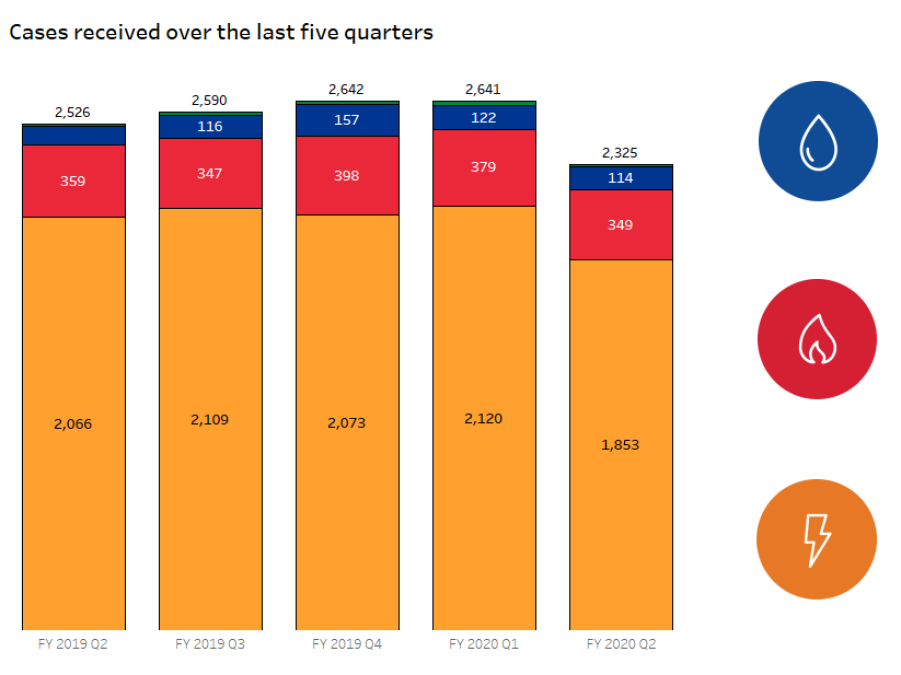

Case studies
Utility: Electricity
Customer Type: Residential
Case Type: Investigation
Mr A contacted EWOSA to complain of an unexpectedly high bill. Mr A reported that his bill from 7 February until 7 May 2018 was $247 in credit. The disputed bill from 8 May until 7 August 2018 was $331. Mr A stated that nothing in the property had changed and was concerned that his bill had increased significantly.
Outcome:
SA Power Networks tested the meter on 10 October 2017 at the retailer’s request because the customer queried the higher than expected bill from 9 May to 7 August 2017. EWOSA reviewed the meter data recorded on the meter and found that SA Power Networks obtained actual reads on all attendances since the customer account started with their current retailer on 6 March 2017. EWOSA also reviewed the meter reads provided by Mr A which were consistent and in line with the meter reads obtained by SA Power Networks.
EWOSA reviewed the bills from 6 March to 7 August 2018 and verified that the retailer billed the actual reads recorded on the meter and the actual imported and exported electricity that passed through the meter based on the actual reads.
EWOSA tried to explain the case for the disputed imported and exported electricity billed from 8 May to 7 August 2018 and sent two independent energy consultants to review the solar and battery installation at the customer’s property. Both consultants found no assignable reason for the disputed higher than expected use and lower than expected export.
EWOSA found no evidence that the customer had been overcharged and therefore there was no basis to adjust the disputed bill. Without establishing that the system was operating as intended, EWOSA could not have confirmed the accuracy of the billing.
Utility: Electricity
Customer Type: Residential
Case Type: Investigation
The customer disputed that they used 38 peak units per day from 25 October 2017 to 9 January 2018, when meter A was removed and solar compatible meter B was installed. The customer believed the exported solar generation accumulated on the peak register of meter A after the solar inverter was turned-on on 24 November 2017.
Outcome:
EWOSA found that:
- the solar system was fully installed on 20 October 2017
- the solar system was first turned-on on 24 November 2017, which is before the solar meter was installed on 9 January 2018
- actual reads were obtained on 25 October 2017 and 9 January 2018 and the 9 January removal read ‘74617’ was displayed on meter A on 9 January 2018
- an average of 38.355 units were recorded on the peak register between 25 October 2017 and 9 January 2018, which is higher than the average peak rate of use for the same time for the two prior years of 14 units a day.
EWOSA considered that it was possible that the exported solar generation accumulated on the peak register, but this could not be confirmed without an assessment of the meter, which was not possible as the meter had been scrapped according to SA Power Networks’ usual meter disposal process.
It was considered relevant that the solar system was turned-on before a solar compatible meter was installed because this gave rise to the possibility that the removal read was compromised. The solar system was first turned-on on 24 November 2017, before bi-directional metering was installed.
EWOSA acknowledged the increased rate of use compared to historical use and that the customer said that the property was unoccupied for part of the disputed period, but there is no evidence the removal read was inaccurate and the inverter should not have been turned-on before a solar compatible meter was installed.
Consumer Trends 3
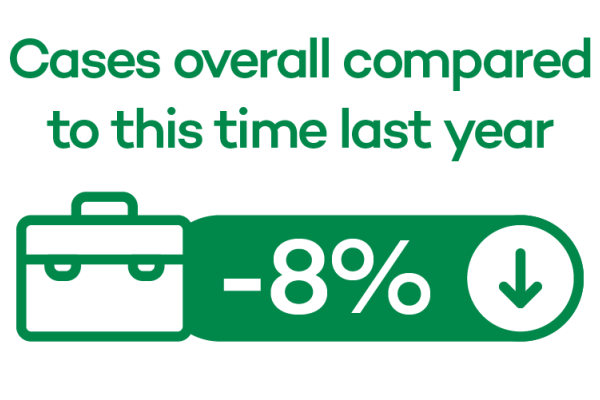
Customer Corner
There are a number of ways that you can measure how much energy your appliances use
Measure your electrical usage with the Home Energy Toolkit, available from councils and libraries. It contains an appliance meter that can measure how much energy each of your appliances use.
You can also measure the kilowatt (kW) rating of your appliances by checking your meter and doing your own calculations. You will need a pen and paper, a stop-watch or time to count one minute, and a calculator.
The actual steps you need to take will depend on whether you have a mechanical meter, an electronic meter or a smart meter. Instructions on these steps can be found here.
There can be different explanations for higher than expected bills
If you have received an energy or water bill that is higher than you expected, your first need to clarify whether it is correct, whether an error has been made or if there is some kind of problem. First ask yourself these questions.
- Has my usage been estimated?
- Have I used more energy or water recently?
- Did I receive my last bill?
- Were there other fees and charges?
- Has the tariff changed?
You can find more information about these questions as well as how to check your usage here. If you follow all of the instructions for checking usage, please be mindful of the need to keep cool in hot weather and plan your usage check around that.
High summer bills can be a prompt to seek extra support from your retailer
Weather has a massive impact on energy use and therefore the size of many customer bills. Using more air-conditioning and cooling fans in the long, hot days of summer can result in bill shock post summer.
There are a number of things customers can do to help manage these higher bills:
- contact their retailer, advise that they are in payment difficulty and ask to be put on to a payment plan
- shop around for a better deal. The introduction of the reference price on 1 July 2019 has made it easier to see if a customer is getting the best deal for their particular energy needs
- check out optimum temperature ranges for your heating (and cooling appliances). Ideally, cooling will be within the 25 - 27 degree range (air conditioner)
- contact the Energy Advisory Service for advice on the most efficient way to manage energy in the home
- there may be circumstances in which a financial counsellor would be helpful to you – if so, contact 1800 007 007
Public Submissions
Consumer Trends 4
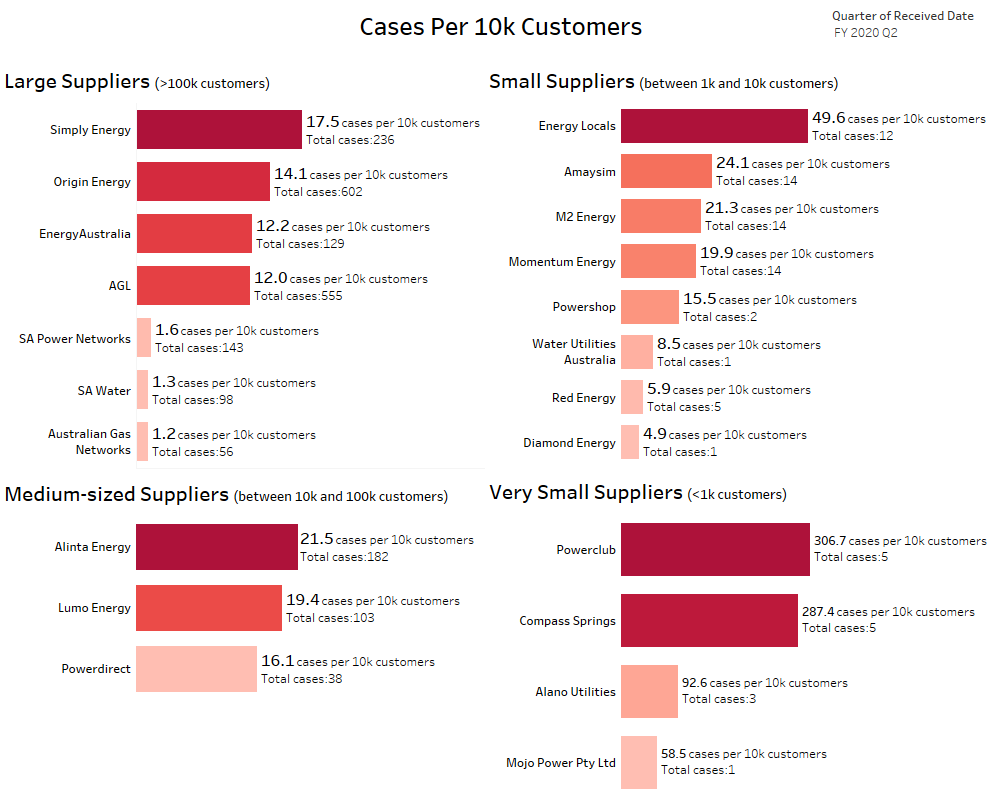
The number of cases per 10,000 customers for each supplier is calculated by dividing the number of cases received during the quarter by the total number of customers for each supplier, multiplied by 10,000. Large Suppliers are those with over 100,000 customers, Medium-sized Suppliers have between 10,000 and 100,000 customers, Small Suppliers have between 1,000 and 10,000 customers and Very Small Suppliers have less than 1,000 customers. The total number of cases is also presented for context.
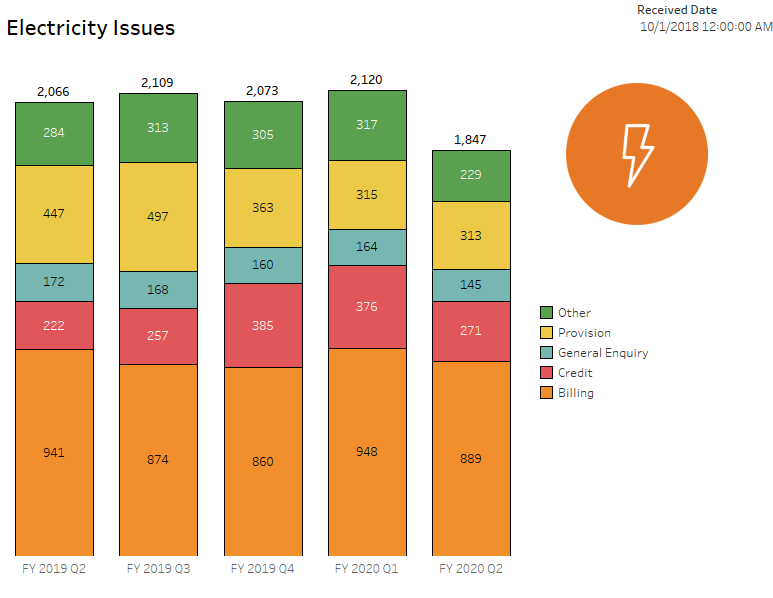
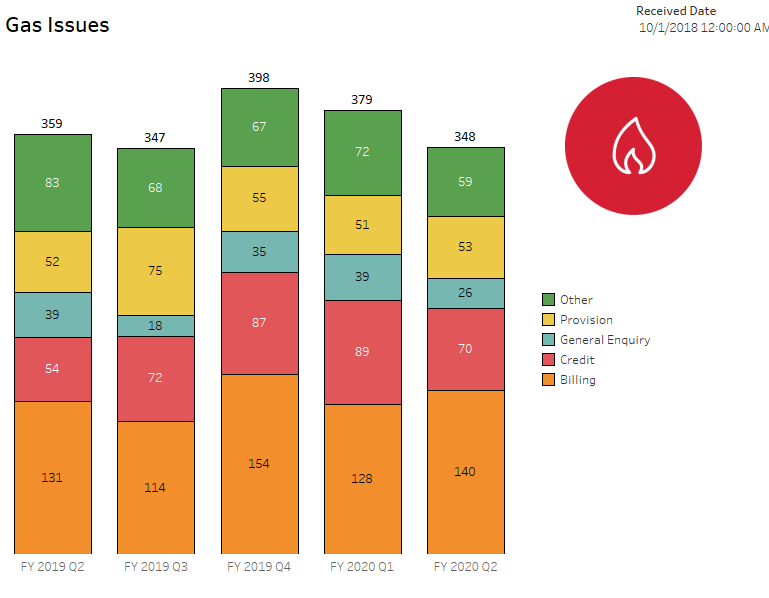

Remember, we are here to help
EWOSA facilitates the prompt resolution of complaints and disputes between consumers of electricity, gas and water services and Members of the Scheme by providing a service to consumers which is free, independent, accessible, fair and informal.
Freecall 1800 665 565